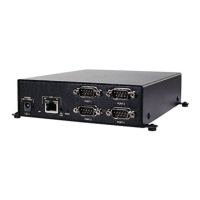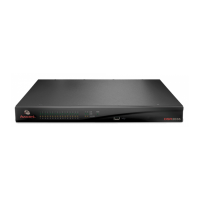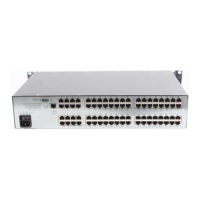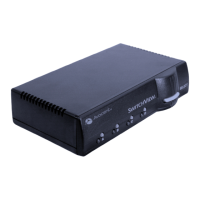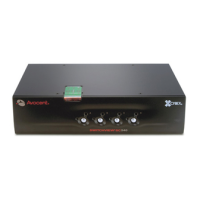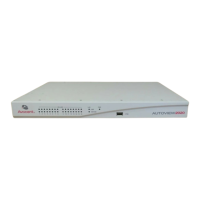2 ESP Serial Hub Installer/User Guide
For serial port redirection, the ESP hub is configured using the appropriate drivers running on any
Microsoft Windows host, or espdiag and espcfg for OpenServer, UnixWare, Linux, Sun or AIX
systems. Certain configuration values are set during driver installation.
The file-driven ESP-Install program may be used to install, modify and remove Windows drivers
for ESP serial hubs without the need for on-site technical personnel. See ESP-Install Program on
page 61.
All other connection methods do not require the use of drivers.
Management tools
You may configure and manage an ESP serial hub using the following tools:
• Web interface - see Chapter 4, beginning on page 31
• Configuration utility - see Chapter 5, beginning on page 43
• Configuration files - see Chapter 6, beginning on page 55
• Unix system utilities espcfg and espdiag (Unix systems) - these utilities have limited support
for connection methods other than port redirection
• Socket Application Program Interface (API)
The web interface and the configuration utility offer the most comprehensive sets of available
operations, including:
• Displaying and changing network configuration values
• Displaying and changing a port’s physical interface (ESP-4 MI, ESP-8 MI and ESP-16
MI hubs)
• Displaying and changing a port’s attributes
• Displaying, enabling/disabling and configuring connection methods for each port
• Sending a line break to a port
• Displaying hardware information
• Displaying or updating Flash memory
• Displaying or enabling/disabling configurable features
• Downloading a configuration file
• Rebooting or reinitializing the hub
• Displaying general and port statistics
• Displaying connection status
• Diagnostics
• Using the web interface, you may launch the ESP-View diagnostic utility that provides
datascope, loopback and status functions; see Chapter 8, beginning on page 67
• The configuration utility also supports diagnostic features; see Displaying and Using
Debug Features on page 52
